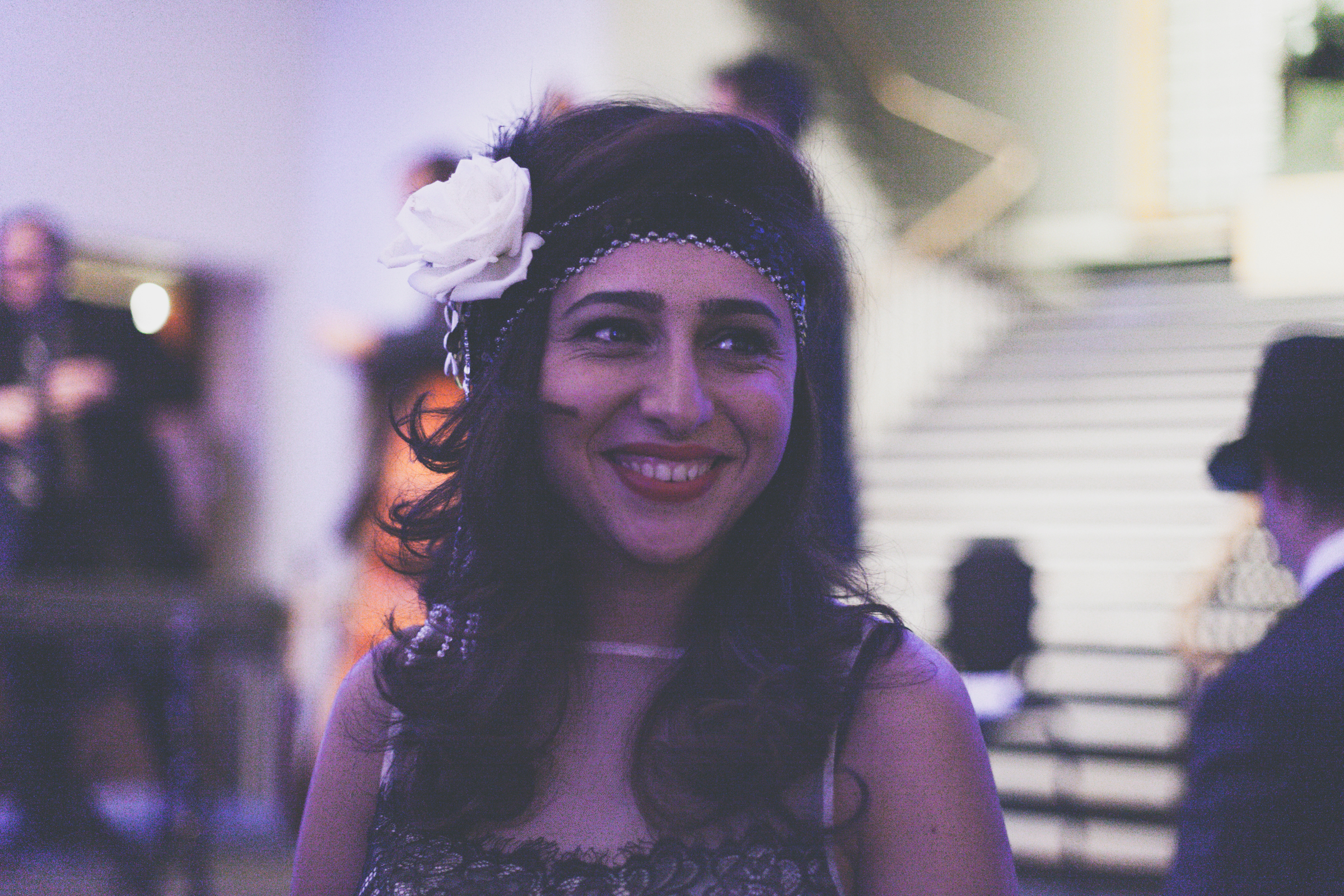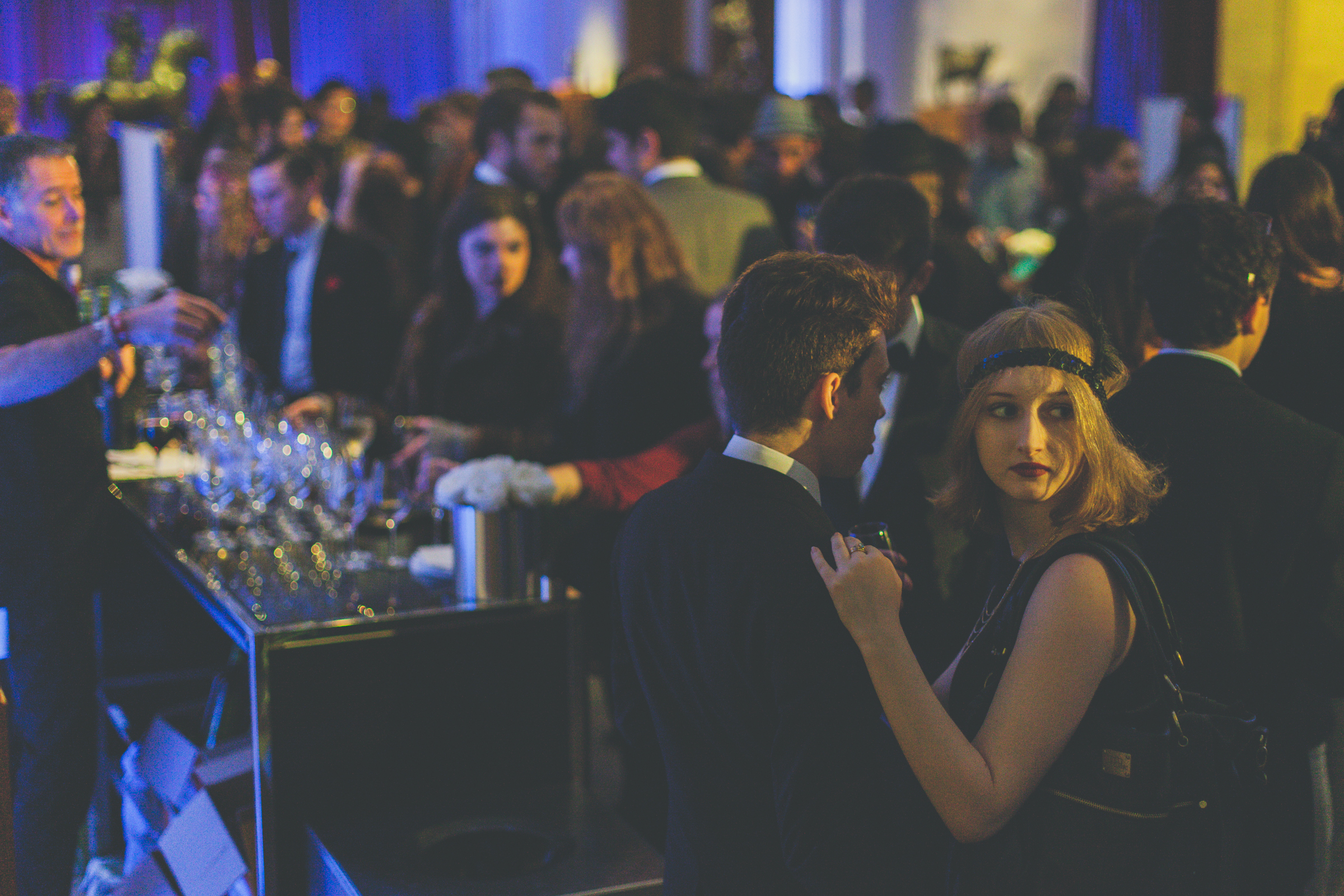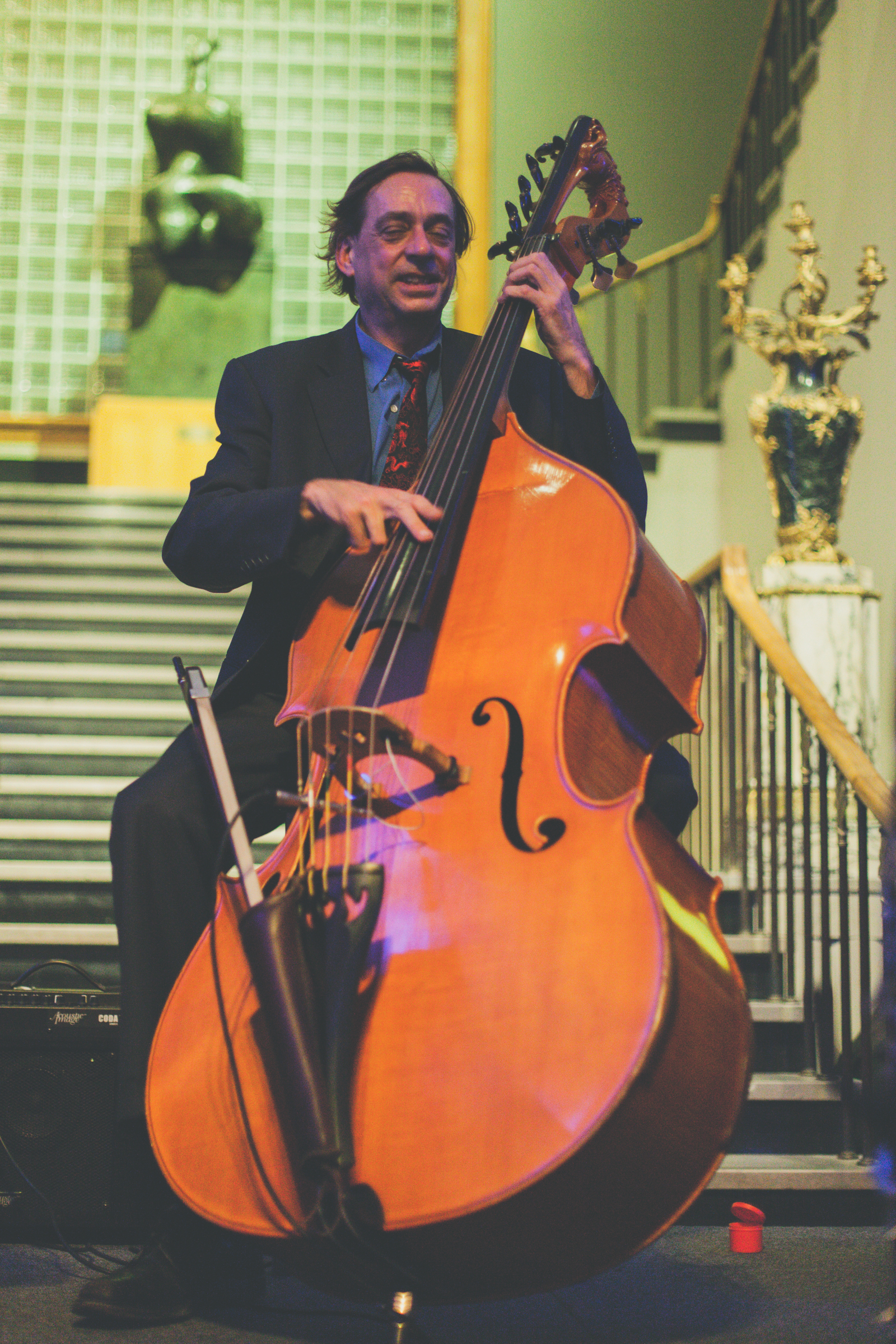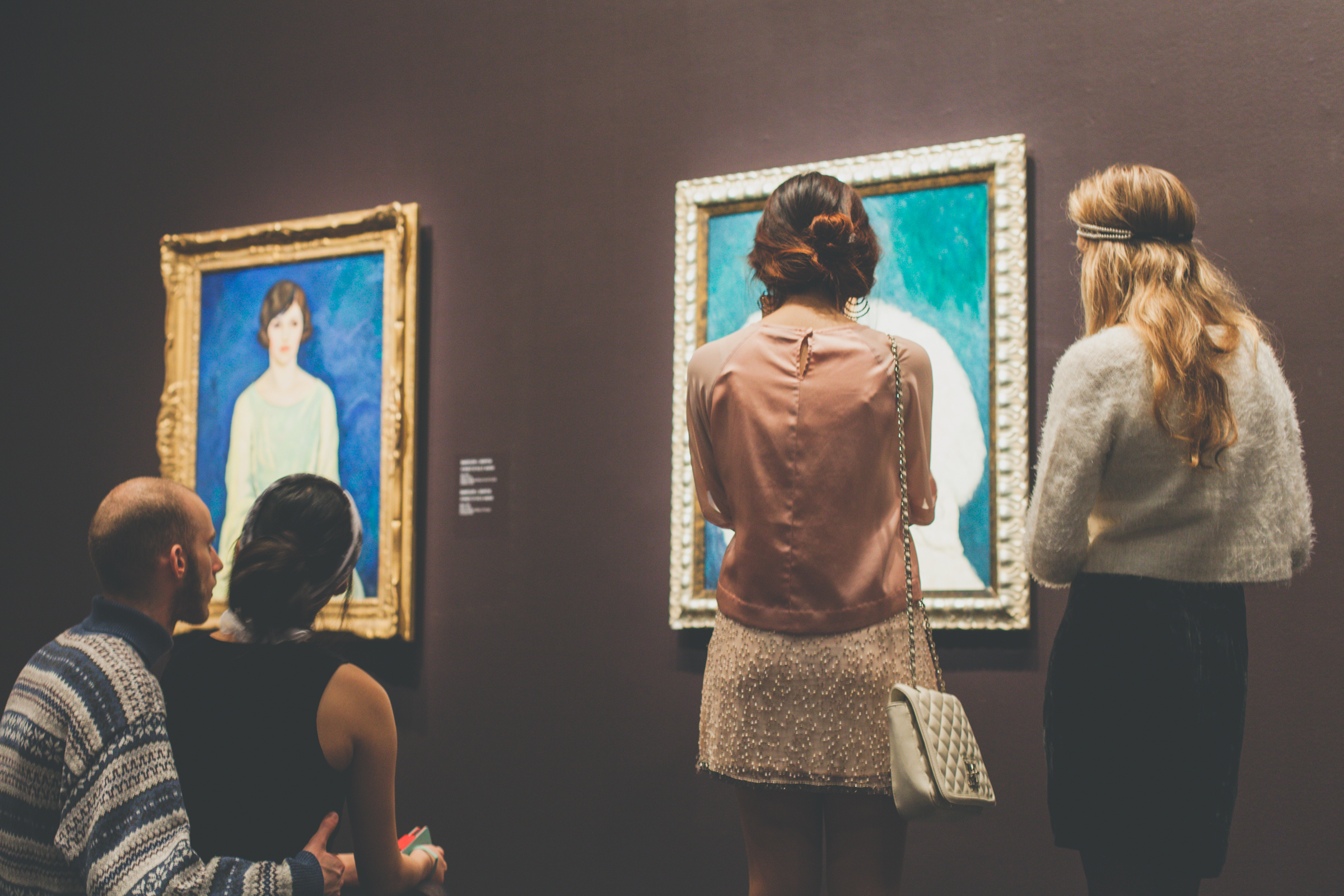The Museum of Fine Arts pays a glamorous tribute to artists of Montreal’s past, the Beaver Hall Group
The evening started as a crowd—all clad in attire reminiscent of the ‘20s—floated into a blue-lit bar room. The sounds of clinking glasses and the hum of echoed conversations were accompanied by the jumpy jazz coming from the musicians at the end of the room.

On Oct. 28, the Montreal Museum of Fine Arts hosted a ‘20s-themed evening filled with wine, music, artwork and more, which was centred around their new exhibit, 1920s Modernism in Montreal: The Beaver Hall Group.
Live music echoed through the museum’s archways as guests mingled or made their way up the carpeted marble steps to the exhibit which paid tribute to Montreal’s famous and historic group of artists, the Beaver Hall Group.

Showing works spanning from 1920 to 1933, the wall panels explain that the Beaver Hall Group is an “association of some twenty artists and their closest colleagues” that existed between 1920 and 1923 and that, additionally, the Canadian Group of Painters—the next chapter for some of these artists—was founded in 1933. The MMFA boasts this exhibit to be the first major study of this association. This group of Montreal artists represented women and men in equal parts, making them the first association to do so in the country. However, this is only one of the many reasons why the museum is using jazz as a metaphor for their modernity.

The majority of the artists within the group had attended the school of the Art Association of Montreal—which was written to be the precursor to the MMFA itself. This shared training background might contribute to the continuity of style and technique seen throughout most of the exhibit. There is a varied choice of media and notable traits particular to each artist, but there are clear stylistic similarities within the group. However, with media ranging from oil on canvas to sculptures of patinated plaster and bronze and themes of winter landscapes, portraiture, industrial settings and more, the styles and subjects of this exhibit are as various as some of the detailed frames that surround the pieces.
The historic context provides a charismatic quality to the pieces and their backstories. Among them, tales or inspirations drawn from World War I or the group’s “feminization” from being perceived as notably female-dominated at the time. Furthermore, many of the landscapes depicted are of Montreal and other areas in the province of Quebec—such as the Laurentians and Gaspé—with captions containing the comfort of familiar street names—such as St. Denis Street and Sherbrooke Street. Paired with the intrigue of a portrayal of this different time period, the exhibit allows viewers to visit a familiar place in an unfamiliar time through these historic artists.

The exhibit also holds a variety of aesthetic styles to enjoy. Take for example the simple but colourful landscapes from artists like Sarah Robertson or Prudence Heward’s skillfully executed depictions of lighting or her subjects’ noticeably more pronounced musculatures and skeletal structures. The collection of artwork had more than enough to offer to the perusing guests as they circulated in their feather boas and pearl necklaces. With or without the jazzy, Roaring ‘20s theme, this exhibit is worth taking the time to stroll through—and even if you missed the costume opportunity, it may just be worth it to don the historic attire to go to the gallery any other day, even if that does mean the occasional disconcerted sidelong glance.
1920s Modernism in Montreal: The Beaver Hall Group is showing at the Montreal Museum of Fine Arts until Jan. 31.



